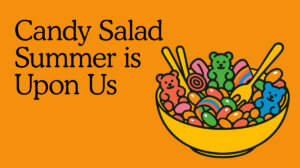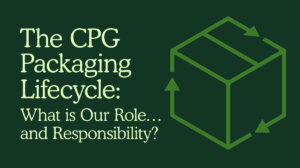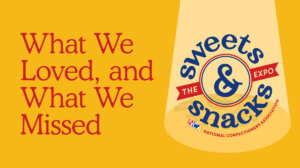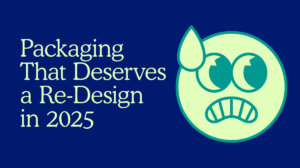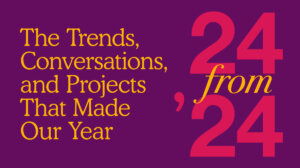The scenario is all-too familiar among marketers. After all the planning, competitive intelligence gathering, revenue projections, pricing, channel requirements, inventory management and consumer research are completed a Request for Proposal is issued. A packaging design firm is selected. A kick off meeting follows and they tell the client, “We’ll take it from here.” In a few weeks the designers return with a range of design options. The client is underwhelmed but deadlines force him to make a decision. He then provides a lot of tactical direction that the designers just don’t get and before you know it 80% of the Phase One Design Exploration is wasted and the client doesn’t feel like the firm hit the mark.
What the heck happened?
Before a firm was even selected the client began developing mental pictures of design possibilities. The design firm developed design concepts without much, if any discussion with the client. The design firm felt like they “got “ the project. “Creatives” own the design vision while the “Client” handles the business. Right? Wrong!
During the exploratory design process, the designers worked diligently to develop the perfect solution. Initially a lot of concepts were generated, a few were selected and developed for the big Creative Phase presentation. The client never saw the rest. One big problem. The design firm didn’t have any idea what the client’s mental picture of design possibilities were (expectations) or what his design biases and preferences were. To make matters worse, they didn’t know that they recommended a color to “own” as a category differentiator that the client absolutely hates (no matter what the strategic rationale is).
The client was frustrated and wondered if he chose the right firm. The design firm felt like the client was playing “bring me a rock”.
“Is this the right rock?”
“Nope, not that one.”
“This one?”
“Nope, but I can see it clearly in my mind.”
“We’ll keep looking.”
Lost in translation (or lack thereof)
Take the case of a stylish elliptical bottle designed for household chemicals, a product that requires significant amounts of legal, cautionary copy on the package. A bottle was designed with a raised triangle area on the front and back panels for the label. After the design concept was selected the structural designers outsourced a prototype. It looked great, but it suddenly became apparent to the graphic designers that the raised back panel label area was far too small to accommodate all of the necessary copy. They hadn’t designed with the end in mind. Additional time and money had to be expended, the launch date was missed and the design firm was fired.
I am you and you are me and we are all together
I believe that clients want and deserve to be an integral part of the design process, not just during “design reviews”. Initial ideation sessions with clients help shape the engagement and set expectations. Creating a visual brief together reveals client visual preferences and biases. Rapid sketching and prototyping with clients quickly separates the wheat from the chaff. Graphic designers, structural designers and model makers developing iterative rapid prototypes together address structural issues and messaging cohesively, quickly turning missteps into insights. Involving clients in the process with frequent touch points fosters on-going input and progressive buy-in. Sharing thoughts and ideas while they are being developed helps get there faster and better.
While any client frets over package development delays and extra costs, private label marketers have even more of a vested interest in bringing products to market quickly and cost-effectively.
Packing design firms tend to specialize in industrial design or graphic design. Most say they do both but very few have model shops to prototype their in-progress ideas. Designers work in silos sequentially developing projects. One leads, the other follows without cohesive design of structure and graphics. Too-few touch points with clients neglects leveraging their mental pictures of design possibilities, design preferences and biases.
From my experience, your odds of getting distinctive design quickly and efficiently can be vastly improved with a co-creative iterative approach involving all disciplines and stakeholders in the process from the get-go, with “hands-on” ideation with clients— using design as a visualization tool, not just a solution tool — and “iterative protocepts” to trigger more ideas and accelerate package development.
Frequent client involvement in ideation as well as review-approval sessions provides ongoing input along with progressive buy-in. Initial “protocepts” may offer only 20% of the ultimate answer, and some options simply won’t cut it. Nevertheless, you gain valuable insights from a collective “no”, which allows you to “reframe” the problem pointing toward new, viable and distinctive package variations. You’ll be surprised at how quickly this give-and-take approach gets you to a 100% approved packaging solution.
Obviously, working with a group that has a complete and integrated range of capabilities — strategy, graphic design, structural design and prototyping — in a single facility offers advantages. That said, for your next brand packaging project, chances are your best bet is to:
• Look for a full-service firm with structural and graphic design credentials as well as prototyping capabilities.
• Take a close look at how their specialists in different disciplines actually work together and,
how as well as when and where they will involve you in the package development process.
It’s your brand. Distinctive packaging is the goal. And how you get there could make a major difference in how well you achieve it.


